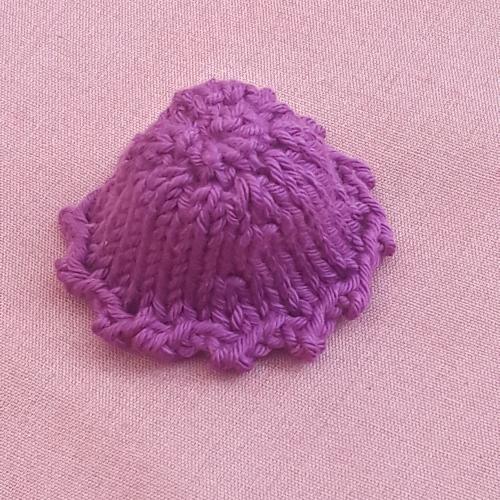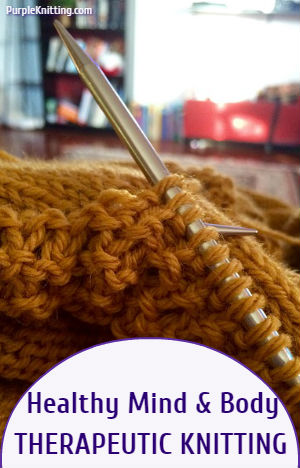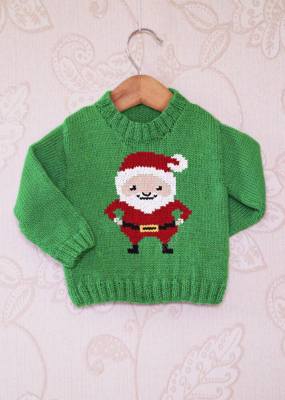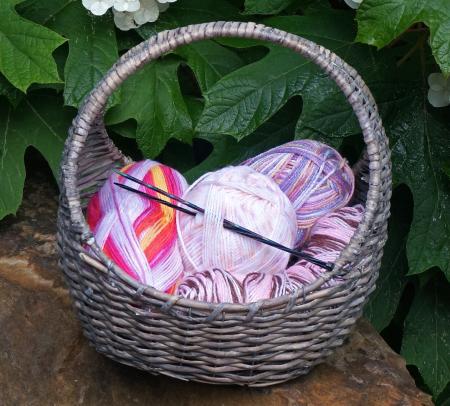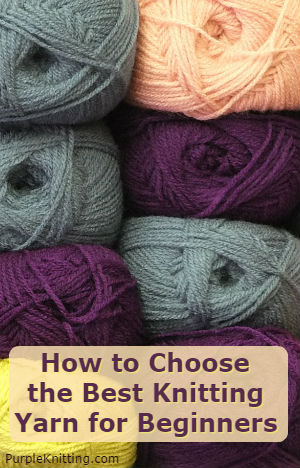Not sure how to knit a picot bind off? Sometimes a pattern will ask you to work a cast-off like this. Recently, while doing an Easter project, I had to do this technique to create a bobbly edge to a shell in which the little chick sat. I have not done this method in a while so had to refresh my memory. Sometimes good patterns will give you a summary of the method but not always.
Uses?
This kind of bind-off is especially useful to create a decorative edging when knitting shawls, and blankets. It can also be used to give the impression of a jagged edge as in the Easter knitting project I was doing. I have used it on dishcloths and washcloths too.
Here is one example of what it looks like –
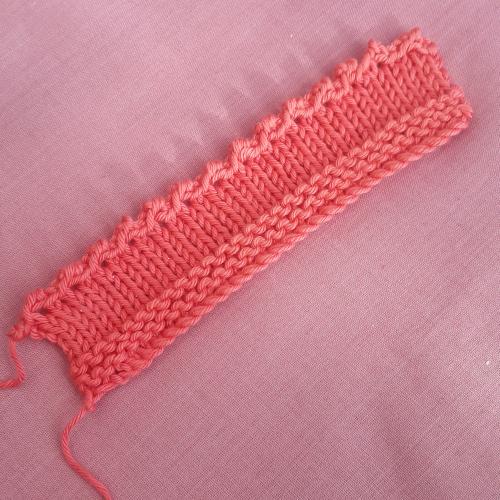
Variations
To make a picot or bobble with the yarn what you are really doing is casting on several stitches and then immediately casting them off.
This then creates an extra bobble of yarn. There are of course many variations depending on the number of stitches you cast on and cast off. It is possible to change the way it looks also by creating or reducing the spaces in between each bobble. Some knitting experts say that you should cast off double the number of stitches that you cast on, but there is no hard and fast rule.
How to do a Picot Cast Off Edging
Watch the video to see how it is done.
You can use any yarn to practice this method but I love knitting with 100% cotton yarn as it is soft and washable, The Paintbox range has many colours to choose from and it’s ideal to use when making toys and things like dishcloths and face wash cloths too.
To practice this technique knit up a little swatch. Cast on something like 30 or so stitches using whatever yarn you have around. I love cotton yarn and always have several balls ready for small tasks like this one. In my swatch, I did a few rows of garter stitch then several of stocking stitch.
Summary
To follow the method in the video here is a summary of the steps
- Cast on 2 stitches using the cable cast on method – place the right handle needle in between the stitches when you add on a new stitch
- Now bind off 4 stitches in the normal manner
- One stitch is left on the right-hand needle – move that to the left-hand needle
- and repeat the steps again to make further picots and cast off as you do so
As you can appreciate there are many variations that can be used with this technique. It is interesting to experiment with the number of stitches you cast on and cast off in each bump. Adding more stitches makes them bigger.
Tips
As you can see this cast-off curls up a bit so, once you’ve finished give your work, give it a light press with a steam iron. If you have long bobbles sticking out then you may need to block it and pin them out.
Another way of reducing the curl and the way this edging stretches out is to use a smaller needle diameter when you cast off. This makes the knitting tighter and pulls it in.
The image below shows the little eggshell knitted as part of an Easter chick knitting project
